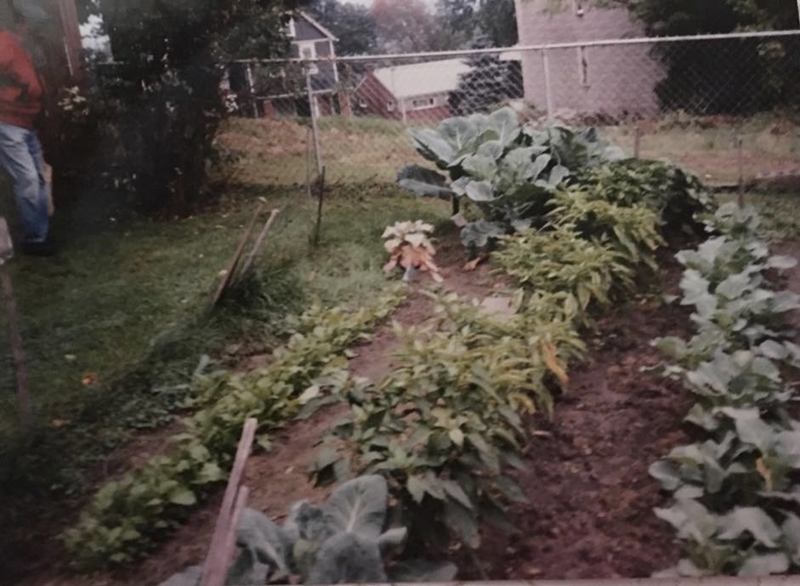A Call to Action to Save the Monarchs
By Annina Puccio and Ann Whittemore, co-founders and co-directors of the Monarch Milkweed Project
Annina Puccio and Ann Whittemore started the Monarch Milkweed Project out of Benicia, CA, to increase the supply of milkweed available to Western Monarch butterflies as they make their way along their migratory path. Join the Monarch Milkweed Project and Sustainable Solano on Sept. 17 for an informative talk on Monarch butterflies, their population decline and how you can help! Register here
In all the animal kingdom, Monarch butterflies are unique insects: No other insect in the world migrates such a distance, over four or five generations, to places it has never been before. Did you know that a group of Monarchs is called a “Kaleidoscope of Monarchs?”
Monarchs play a crucial role in regulating our ecosystems and pollinating plants — including the crops we rely on for food. Indeed, one out of every three bites of food we eat is thanks to pollinators like the Monarch butterfly. Without pollinators, our entire food web could unravel.
After two years of record-setting lows of 30,000 and less Western Monarch butterflies (2018/19), this past year (2020) fewer than 2,000 of these orange-and-black beauties were counted in their winter groves.
The most recent population count shows a heartbreaking decline of 99.9% for Monarchs, who are dying off due to pesticides and habitat loss. Last year the U.S. Fish and Wildlife Service agreed Monarchs need protection, but our government hasn’t acted yet and is saying that Monarchs won’t be put on the endangered list until 2024. That will be too late.
If we want future generations to live in a world that still has Monarchs, we have to act now.
In March and June of this year, the MONARCH Act (S.809 Monarch Action, Recovery, and Conservation of Habitat Act of 2021) and S.806 The Monarch and Pollinator Highway (MPH) Act were introduced in the Senate, but have not yet been voted on. They would provide millions of dollars a year to protect and save the Western Monarch butterfly. The MONARCH Act and the MPH Act both need to be brought to the Senate floor for a full Senate vote.
We urge you to contact Senators Diane Feinstein and Alex Padilla and ask them to make the MONARCH Act and The Monarch and Pollinator Highway Act a priority!
We also ask that you contact our Representative in the House, Mike Thompson, and ask that the Western Monarch be protected now! The two bills have also been introduced in the House: The Monarch and Pollinator Highway Act and The MONARCH Act (House Bill USHB.1983). Congressman Thompson is a co-sponsor of these bills. Call Congressman Thompson and thank him for his support, and ask that these bills be brought to the House floor for a vote.
Also contact the U.S. Fish and Wildlife Service, and Secretary of the Interior Deb Haaland and urge them to put the Western Monarch on the Endangered Species list now and provide funds and protections to save these insects!
Contact information
-
- Senator Diane Feinstein: (202) 224-3841
- Senator Alex Padilla: (202) 224-3553
- Congressman Mike Thompson: (202) 225-3311
- Secretary of the Interior Deb Haaland: (202) 208-3100
- U.S. Fish and Wildlife Service: Lori Marshall – Office of Public Affairs (703) 358-2541
Please also encourage your friends and all who love the Western Monarch Butterfly to call these numbers. The more of us who call, the more likely they will take swift action.
SUGGESTED SCRIPT for Senators and Representative:
“I am calling from the San Francisco Bay Area in (your local city) as a constituent and am concerned about the Western Monarch butterfly. I thank you for co-sponsoring the two Monarch Acts that are working their way through Congress. The Western Monarch count in 2020 was less than 2,000 butterflies, and this butterfly should be put on the Endangered Species List NOW and protected. If pollinators like butterflies and bees go extinct this will severely affect our crops and our food supply not to mention that these beautiful butterflies will be missed by all. Please help bring the MONARCH Action, Recovery, and Conservation of Habitat Act of 2021 and the Monarch and Pollinator Highway Act to a floor vote NOW. This is urgent and cannot wait. Thank you for your time.”
SUGGESTED SCRIPT for U.S. Fish and Wildlife Service and for Secretary Deb Haaland’s office:
“I am calling from the San Francisco Bay Area in (your local city) as a concerned citizen and am concerned about the Western Monarch butterfly. The Western Monarch count in 2020 was less than 2,000 butterflies, and this butterfly should be put on the Endangered Species List NOW and protected. If pollinators like butterflies and bees go extinct this will severely affect our crops and our food supply not to mention that these beautiful butterflies will be missed by all. Please do not wait but use your authority to save these insects now. This is urgent and cannot wait. Thank you for your time.”
Learn more about the Monarch Milkweed Project here

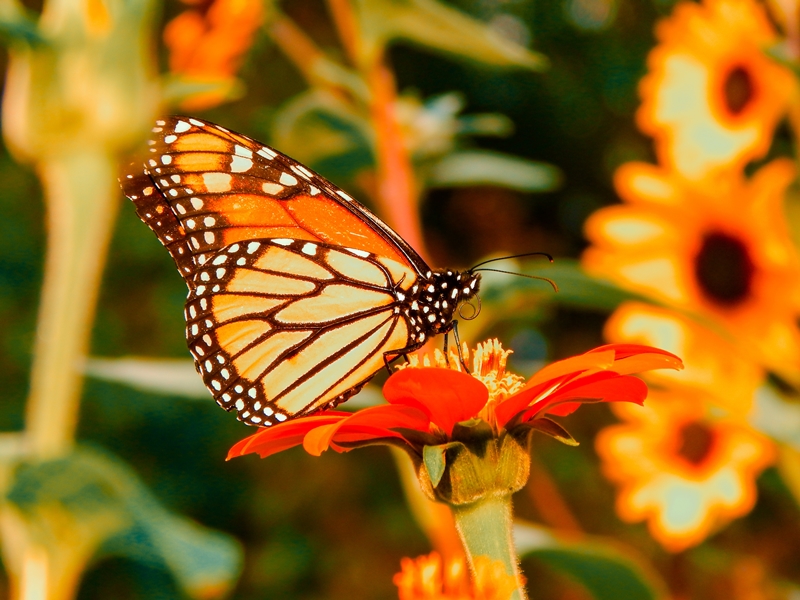

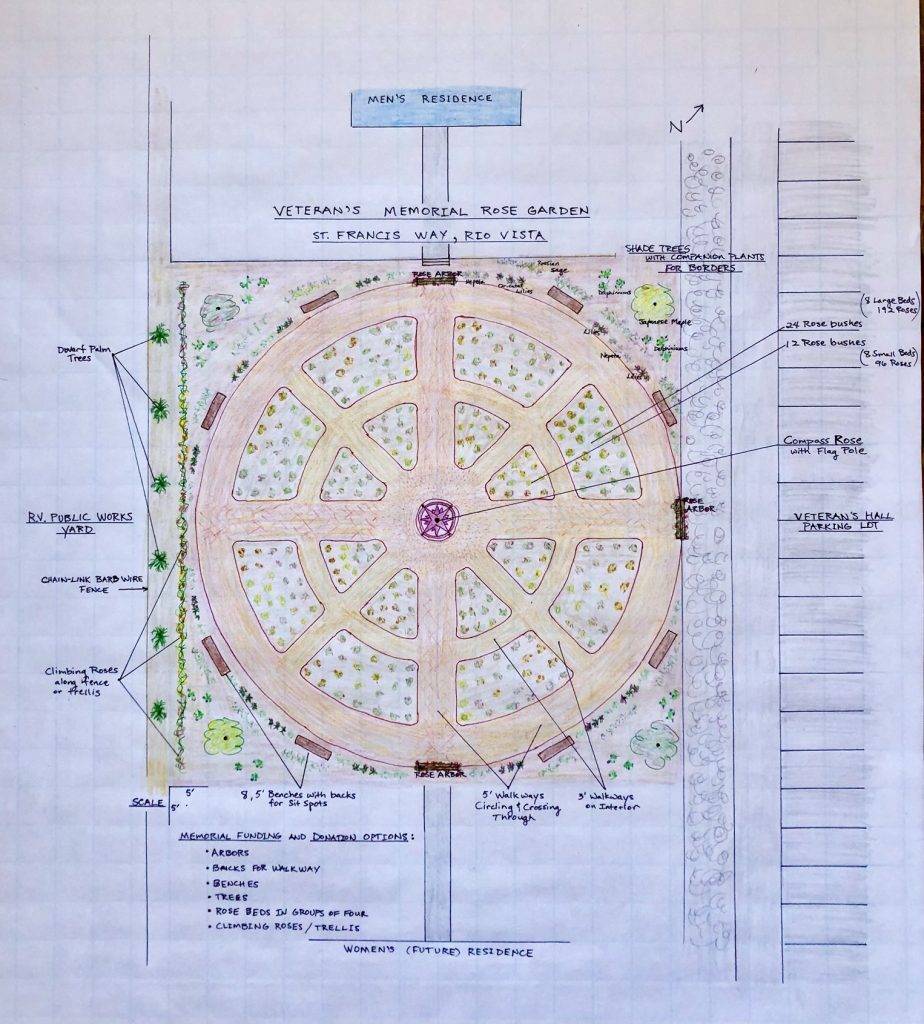
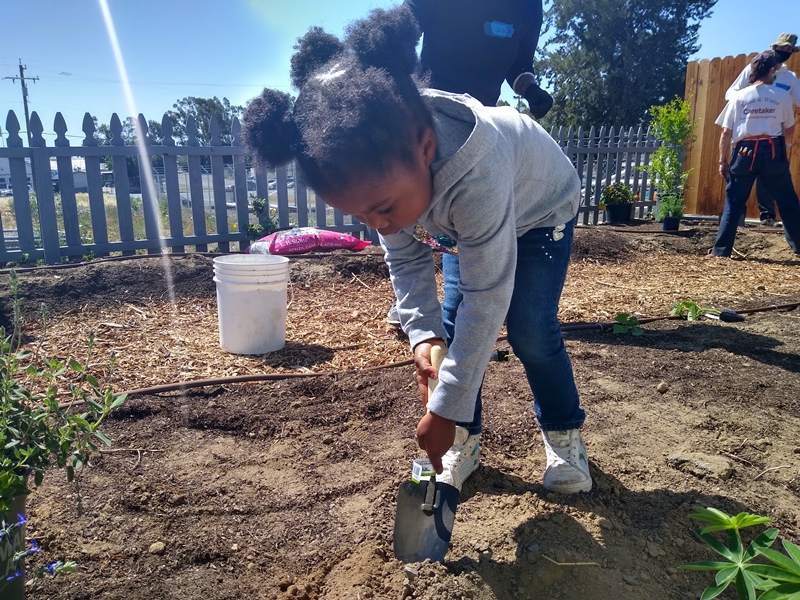
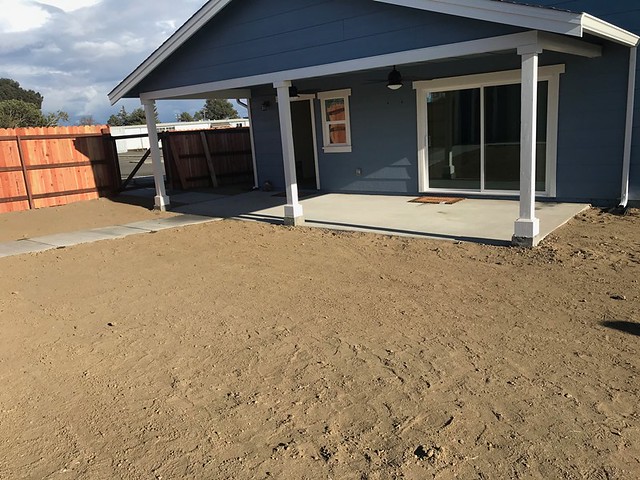
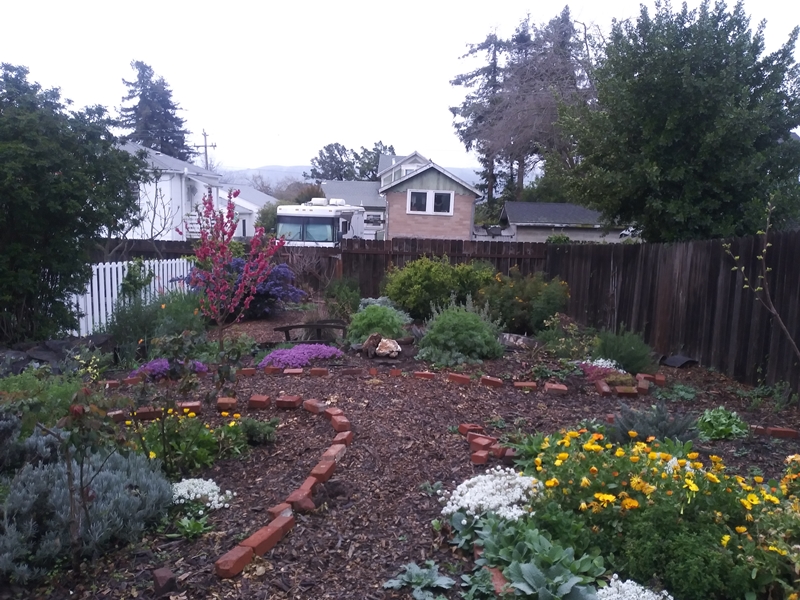
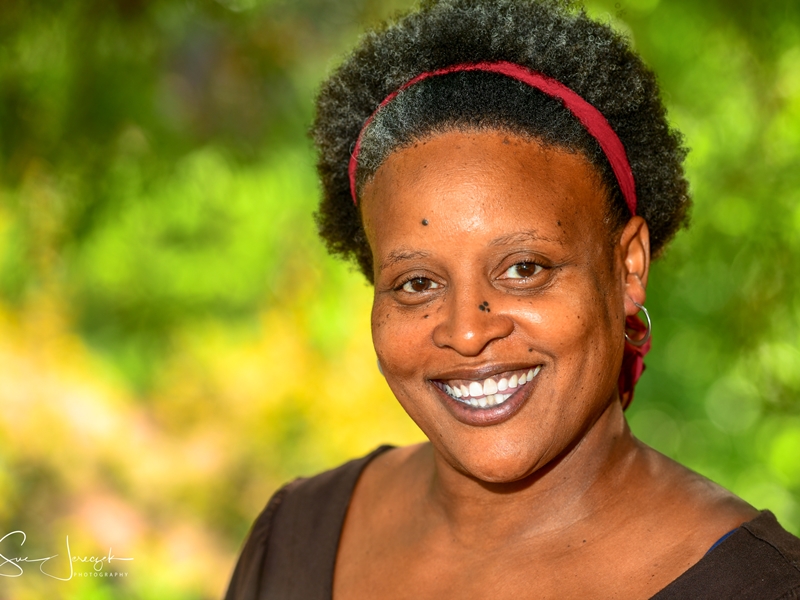
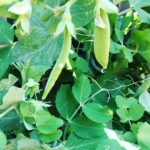 The idea of being a successful gardener to some may seem like a daunting enterprise. Maybe you think it’s too expensive or that you possess a “brown thumb?” Seeds or starts? In-ground or containers? Hand-watering? Drip irrigation?
The idea of being a successful gardener to some may seem like a daunting enterprise. Maybe you think it’s too expensive or that you possess a “brown thumb?” Seeds or starts? In-ground or containers? Hand-watering? Drip irrigation?